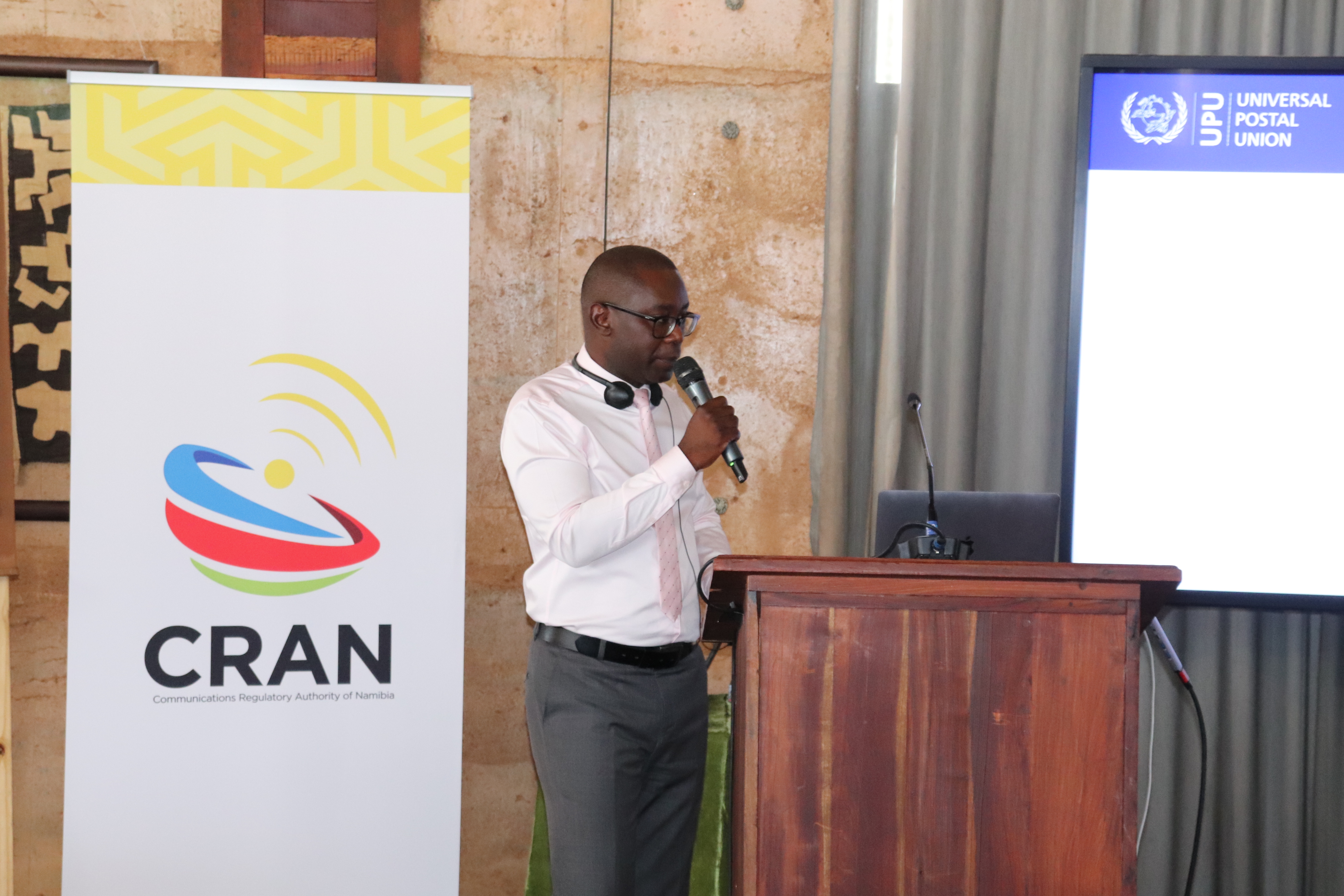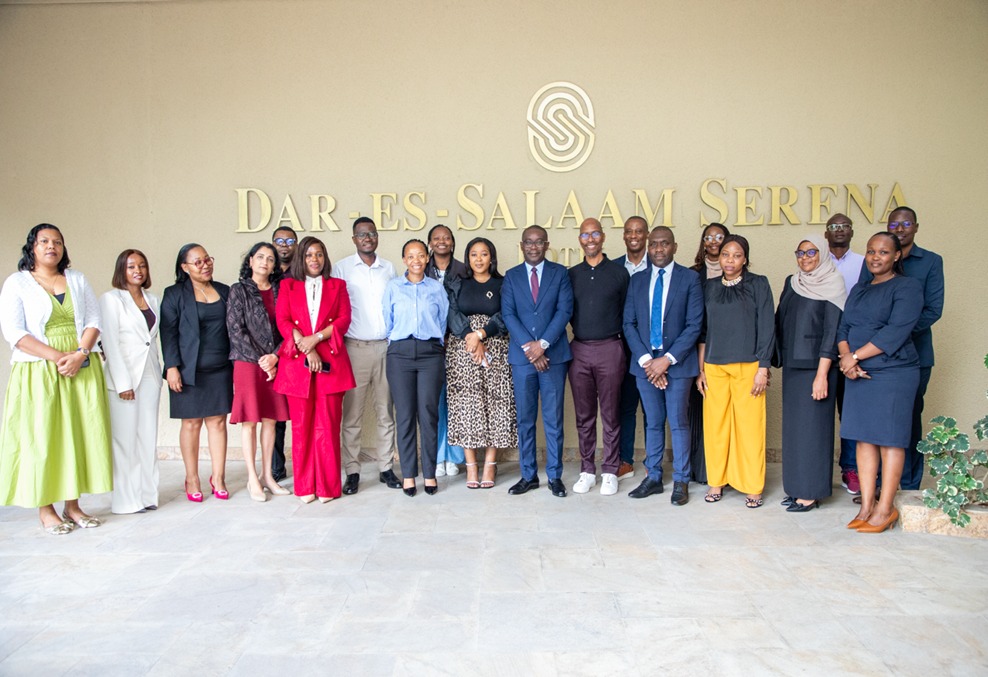Louise Whitehouse, managing director, fleet maintenance Europe, FedEx, talks to Parcel and Postal Technology International about how the company is looking to improve equality for its employees.
How has the split between male and female employees in postal operations/logistics changed over the past 25 years?
There has been a positive shift over the past 25 years in terms of the gender balance in the industry. It’s not quite where it needs to be with less than a quarter of people working in the logistics and transport sector being female[1], but we’re definitely headed in the right direction and making positive strides.
In the logistics sector, we’re seeing more females in management, senior and leadership roles, compared to 25 years ago, particularly in areas that were once considered core operational roles within transport and logistics, such as engineering, planning, PUD and Linehaul.
Over the past few years, we have seen considerable progress on gender equality in the workplace, with logistics providers outlining their commitments to building a more diverse pipeline of talent across all levels.
Why do you think there is still a disparity between the number of men and women in the postal/logistics workplace?
The logistics sector has historically attracted more men than women. This historical trend may be due to a common misconception that career paths for women in logistics were somewhat limited.
The perception that the transport and logistics sector is all about delivering parcels still exists, and whilst that is a core aspect of our business, other functions such as engineering, IT, finance, security, marketing, legal and communications are essential in our day-to-day operations. Continuing to communicate the variety of roles and experience that the logistics sector can provide will be vital in increasing our diversity.
We also need to ensure that there is flexibility within our roles, just as any company needs to do. More than ever during the pandemic, we have seen how a flexible workplace drives productivity. Exploring ways to achieve this flexibility beyond the pandemic, while meeting the needs of our customers, is a key aspect in driving an equal workforce.
Which roles are more likely to attract women to logistics and why? Are there roles more suited to women, or would you say all genders are able to do all roles?
We tend to see sales and customer service roles attracting more women [1], which could be due to the flexible nature of the job. However, I don’t believe that any role is suited to one gender or another; with the right attitude, support and training, anyone should be able to achieve their potential across the logistics industry.
What can employers do to attract more women to more diverse roles – what are the main things women look for in employment? Are these different to men?
The way in which roles are advertised could be improved within the industry, showcasing female talent rather than the stereotypical ‘man with a van’. Employers should also engage with schools and colleagues, just as FedEx does, helping to showcase the various opportunities within transport and logistics, particularly as we move into a more technology-driven and sustainable world – two areas that really appeal to young women.
Everyone is looking for a role that will offer career development and opportunities. Prospective candidates are increasingly aware of how a firm will support them – for example, when starting a family. This can be from both a female and male perspective, but employers providing this support and flexibility will be an important step to gaining diverse talent.
What specifically is FedEx doing to encourage more women into postal operations/logistics roles?
FedEx engages with local schools to highlight the breadth of expertise needed in the sector. We always ensure that our top female talent is showcased and that we advertise our roles in a way that is appealing to both women and men.
We also want to ensure our internal culture fosters talent and creates a place where people enjoy working. Setting up our FedEx UK Women’s inclusive network has really captured the hearts and minds of female employees at all levels within the business – they are our FedEx industry role models!
The initiative has enabled team members to engage with women and men at all levels, creating an employee network to champion, increase and retain diverse talent. We’re proud of the culture we have created, and have seen people recommending the company to others, specifically because of our diversity, equity and inclusion culture.
How are logistics companies also looking to improve equality for transgendered people? Is there more work to be done in this area too? Or are the challenges the same as for female employees?
The first and most important point is to talk about these topics; engaging your workforce is the key to ensuring we have inclusion for everyone.
All businesses need to prioritize creating a supportive environment where people can learn, develop and feel comfortable. We’ve found internal networks and mentoring programs really help champion, increase, advance and retain all talent.
Logistics is fundamental to business sectors across the world, and our aim should be to attract a diverse workforce with a varied skill set and experience across multiple industries. This allows us to reflect communities that we serve and best meet the needs of our customers.
What benefits are there for companies who employ more women – what do women bring to the table that their male counterparts might not?
It is proven that having strong female representation in your business adds value! But it is more than that; this is about reflecting the communities within which we serve. If we are excluding women from the industry, we are missing 50% of the population, which is a missed opportunity!
Where do you see the industry in 25 years’ time? Do you think we’ll have equality by then?
I would like to think that we can further increase the proportion of female employees in our sector and move closer to a 50/50 gender split to reflect the world we live in. If we market our sector correctly as diverse, equitable and inclusive, and highlight the great roles across disciplines like technology, sustainability and e-commerce, we can make reaching this goal more of a reality.
[1] Women and the Economy, House of Commons Library (02 March 2021)








